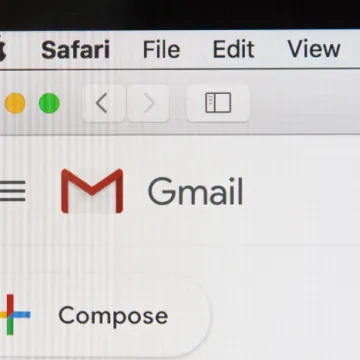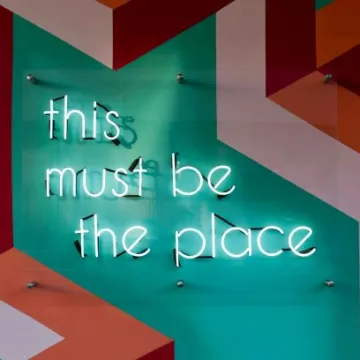If you can get an accurate and honest answer as to when you will hear from a prospect, you will never be ghosted.
That’s a fact.
Because you’ve only been ghosted if someone hasn’t communicated in line with your expectation. If your prospect said they’d be on holiday next week, you wouldn’t call expecting them to answer.
Clear, defined communication expectations are a crucial ingredient in a healthy sales process. And they need to work for you as well as your prospect.
They should be set early and then reviewed regularly, so they suit requirements. From my experience, there are four areas to consider when setting them. And in each area, there is the perspective of the prospect and the seller.
Let me explain.
#1 Communication that fits the timeline
For the prospect
Likely they have a launch date in mind, the same as you might. The only difference is, to them, this isn’t the date they go-live with your product or service. It’s the date they start on the journey towards their business goal/objective with your product as a tool. The go-live might be the end of your journey but it’s only the beginning of theirs. So consider how you can set expectations in the lead-up to this date in a way that creates a good environment for them to run from.
For the seller
Your timeline probably factors in end of quarter, holidays, pushing other deals through - the list goes on. It’s good here to have an idea of what the benchmark sales timeline is for your company and - more importantly, why. For example, your team’s sales cycle might be optimized at 6 weeks due to capacity, customer experience, trial periods etc. So get clear on what good looks like and how your benchmark experience might increase your conversion, then see how you can implement this with each prospect.
#2 Communication that is preferable
For the prospect
It’s the basics. Email vs phone, morning vs afternoon. Know how and when they are most available and most amenable to buy.
For the seller
Chances are as a seller, you set your diary out to batch together calls, meetings, training etc to maximize your time and hit as many prospects as possible.
Yes this prospect might be just one of many in your pipeline. And yes you have your company’s given cadence or sequence to follow. But every opportunity matters right now so know what your preference is but be ready to flex where you can. Communication preference should be led by them, not you.
#3 Communication that is realistic and achievable
For the prospect
It might seem like they’re asking for all the time in the world, but you’ll never know the full extent of the sign-off process they have to go through. In addition to their business or industry’s requirements, there are then interpersonal and office politics to navigate. Get on a level with your prospect and find out what is realistic.
For the seller
The golden rule here; no broken promises. Be honest (with them and with yourself) and always over-deliver. Set realistic timelines for trial periods, invoicing, product features etc to avoid any drop-off in prospect engagement.
#4 Communication to maintain momentum
For the prospect
If they’re on board with you, your prospect will want to sell the concept and get buy-in as widely as possible in the run-up to closing the deal. Particularly if your product is one that will make them look good, they’ll want to work to a timeline that allows them to get some glory from the eureka moment of finding you as a supplier and the future success your product will bring. Allow time for them to get buy-in across departments, priorities and seniorities so you can seal the deal at the tipping point.
For the seller
This ain’t your first rodeo. You know that losing pace means losing impact, engagement and likelihood of a sale. Looking back at previous wins will give you good templates for cadences that maintain momentum. Create your playbook to look to when a new prospect comes in so you can match them to a previous one (based on industry, company size, business need etc) and follow the pattern.
Communication expectations reduce your chances of ghosting. Getting them honest and clear with your prospect builds the relationship and sets you both on a more stable and collaborative road towards the sale.
Try it out and let me know how you get on.
Shelley Lavery is the COO and Co-Founder of Jiminny, the leading conversation intelligence and sales coaching platform that helps companies maximize their revenue. With over a decade of experience in coaching B2B sales teams, Shelley was previously Group SVP of Sales at Reward Gateway now leading the conversation intelligence discussion with expertise and insight.





.webp)






